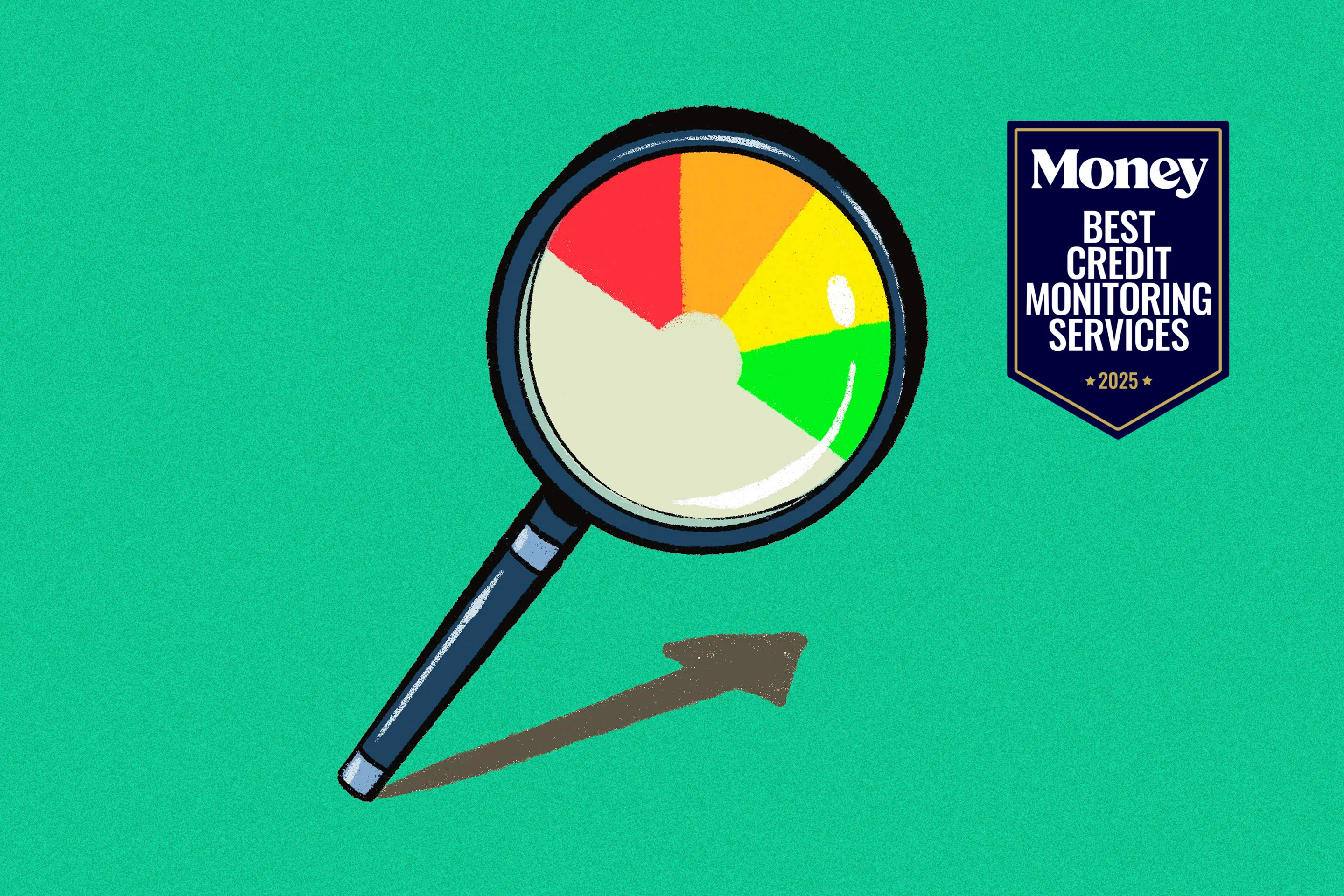Inflation rate slipped to 2.1% in April, lower than expected, Fed’s preferred gauge shows

In April, inflation remained relatively stable as the tariffs imposed by President Donald Trump had not yet impacted consumer prices, according to a report from the Commerce Department. The personal consumption expenditures price index, which is the Federal Reserve’s key measure of inflation, rose by just 0.1% for the month, resulting in an annual inflation rate of 2.1%. This was in line with expectations but slightly lower than previous estimates.
The core inflation rate, which excludes food and energy prices and is closely monitored by Fed policymakers, also showed modest increases of 0.1% for the month and 2.5% annually. Consumer spending grew by 0.2% in April, indicating a more cautious approach from consumers compared to the previous month. Personal savings rate also increased to 4.9%, the highest level in nearly a year.
Despite the stable inflation figures, concerns remain about the potential impact of tariffs on inflation. President Trump has been urging the Fed to lower interest rates in response to rising inflation, but policymakers are hesitant to make any drastic moves until the long-term effects of the trade policies become clearer.
Economists anticipate that core inflation could peak at around 3.0% to 3.5% later this year if the current tariffs remain in place. The recent trade disputes between the US and other countries have raised fears of increased inflation and slower economic growth, which could lead to a period of stagflation.
Overall, the markets showed little reaction to the inflation report, with stock futures continuing to trend lower and Treasury yields remaining mixed. The ongoing trade tensions and potential impact on inflation will continue to be closely monitored by policymakers and economists in the coming months.





